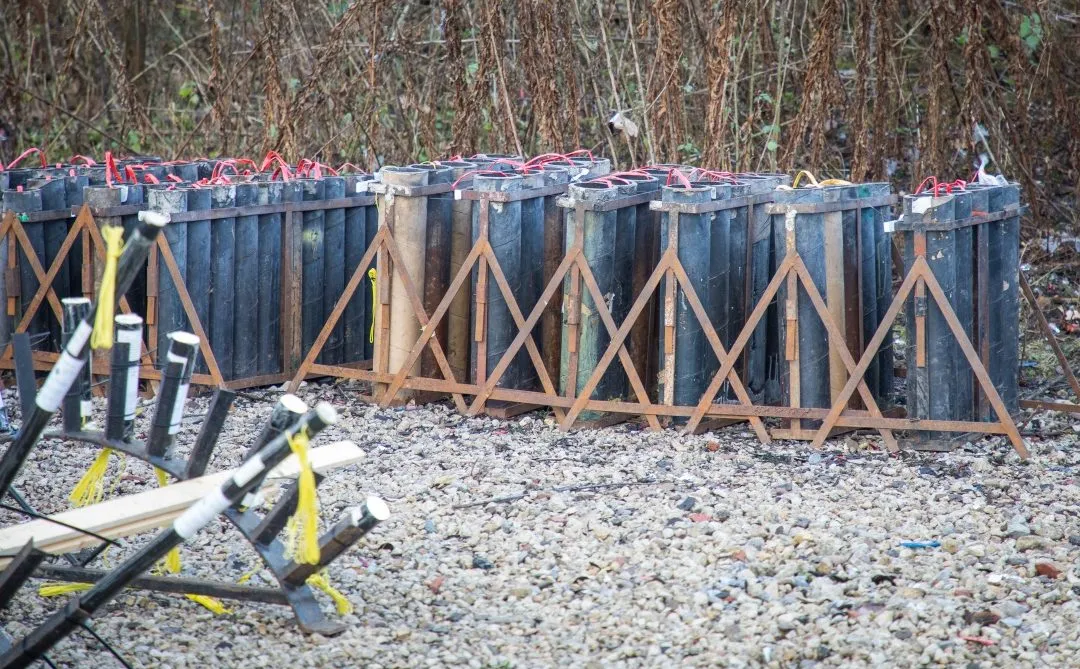Sep . 23, 2024 07:29 Back to list
PPR Pipes for Efficient Hot Water Supply Solutions in Manufacturing
Understanding PPR Pipes for Hot Water Supply
PPR (Polypropylene Random Copolymer) pipes have gained immense popularity in plumbing and construction applications, particularly for hot water supply systems
. The technology behind PPR pipes offers several advantages, making them a preferred choice in both residential and commercial installations.One of the primary benefits of PPR pipes is their exceptional resistance to high temperatures. This feature is crucial when transporting hot water, as traditional materials may warp or degrade over time under such conditions. PPR pipes can typically withstand temperatures up to 95°C (203°F), making them ideal for hot water applications. This thermal stability ensures that the plumbing systems maintain their integrity and efficiency throughout their lifespan.
Moreover, PPR pipes boast impressive chemical resistance. Unlike metal pipes that can corrode or degrade when exposed to certain chemicals, PPR pipes maintain their structural integrity even when interacting with acidic or alkaline substances. This quality enhances their durability, reducing the need for frequent replacements due to wear and tear.
ppr pipe for hot water supply factory

Another significant advantage of PPR pipes is their lightweight nature. This characteristic simplifies installation, as contractors can easily handle and maneuver the pipes without needing heavy lifting equipment. Additionally, this makes transportation more cost-effective, leading to reduced overall project costs.
The installation process of PPR pipes is straightforward. They can be welded together using a technique known as socket fusion, which creates a strong, seamless joint. This method not only provides leak-proof connections but also facilitates quick and efficient installation, thereby minimizing labor costs. Furthermore, PPR pipe systems are easy to maintain and repair, as any damaged sections can be easily replaced without requiring extensive modifications to the existing plumbing.
From an environmental perspective, PPR pipes also score high marks. They are recyclable and do not release harmful chemicals into drinking water, making them an eco-friendly choice. Given the increasing emphasis on sustainability in construction, PPR pipes align well with modern ecological standards.
In conclusion, PPR pipes represent a significant advancement in materials used for hot water supply systems. Their resistance to high temperatures, chemical stability, lightweight design, ease of installation, and eco-friendly properties make them an excellent choice for both new construction and renovation projects. As the demand for efficient, durable, and sustainable plumbing solutions continues to rise, PPR pipes are poised to play a critical role in the future of water supply systems.
-
High-Quality PVC Borehole Pipes Durable & Versatile Pipe Solutions
NewsJul.08,2025
-
High-Quality PVC Perforated Pipes for Efficient Drainage Leading Manufacturers & Factories
NewsJul.08,2025
-
High-Quality PVC Borehole Pipes Durable Pipe Solutions by Leading Manufacturer
NewsJul.08,2025
-
High-Quality PVC Borehole Pipes Reliable PVC Pipe Manufacturer Solutions
NewsJul.07,2025
-
High-Quality UPVC Drain Pipes Durable HDPE & Drain Pipe Solutions
NewsJul.07,2025
-
High-Quality Conduit Pipes & HDPE Conduit Fittings Manufacturer Reliable Factory Supply
NewsJul.06,2025

